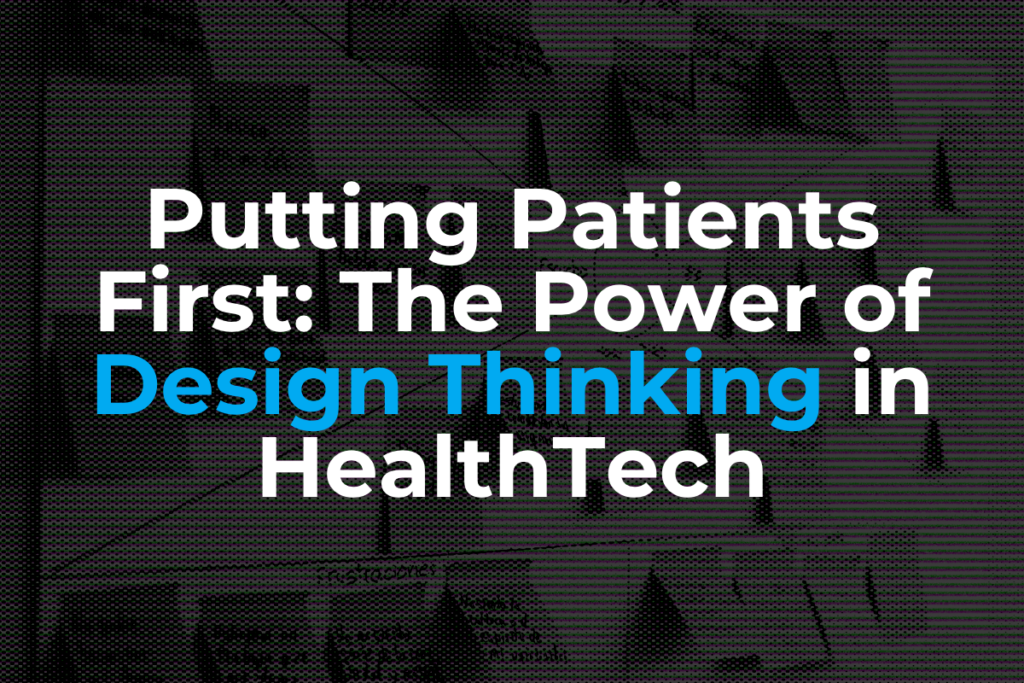
In today’s digital age, healthtech companies are using design thinking to create user-centred solutions that cater to the needs of their customers. Design thinking is a problem-solving approach that puts the user at the centre of the design process, allowing companies to create products and services that meet the needs of their users.
In this article, we’ll explore how healthtech companies can use design thinking to create user-centred solutions that are both effective and efficient.
Understanding Design Thinking
Design thinking is a human-centred approach to problem-solving that puts the user at the centre of the design process. This approach involves understanding the user’s needs, developing empathy for the user’s experience, and using that understanding to create solutions that are tailored to the user’s needs.
The design thinking process typically involves five stages: empathise, define, ideate, prototype, and test. Each of these stages plays a crucial role in creating user-centred solutions that meet the needs of healthtech customers.
1. Empathise: The first stage of the design thinking process is empathise, where healthtech companies must understand the user’s needs and experiences. This stage involves conducting research, such as interviews and surveys, to understand the user’s pain points and frustrations. It’s essential to listen to the user’s needs to develop empathy and gain insight into their experiences.
2. Define: The next stage is define, where healthtech companies must define the user’s problem clearly. This stage involves synthesising the information collected during the empathise stage and creating a problem statement that accurately represents the user’s needs. The problem statement should be specific, measurable, achievable, relevant, and time-bound (SMART).
3. Ideate: The ideate stage is where healthtech companies generate ideas to solve the user’s problem. This stage involves brainstorming sessions, where the team comes up with as many ideas as possible without judgment. It’s important to encourage creativity and innovation during this stage, as it allows healthtech companies to develop new and unique solutions to the user’s problem.
4. Prototype: The prototype stage involves creating a prototype of the solution. This stage involves creating a rough draft of the product or service that the healthtech company wants to provide to the user. The prototype should be low-fidelity, which means it should be cheap and easy to produce, allowing for quick changes based on feedback.
5. Test: The final stage is test, where healthtech companies test their prototype with users. This stage involves obtaining feedback from users to ensure that the product or service meets their needs. Testing provides an opportunity to identify any issues with the product or service and make the necessary changes.
In Summary
Design thinking is an essential tool for healthtech companies looking to create user-centred solutions. By understanding the user’s needs, defining the problem, ideating and prototyping, and testing, healthtech companies can create products and services that cater to the needs of their customers. Design thinking allows healthtech companies to develop innovative and effective solutions to complex problems.
SciQ is a specialist HealthTech recruitment company. We are experts in the market and work hard to deliver the best talent for your organisation. To find out more about how we can help, get in touch with us here.



